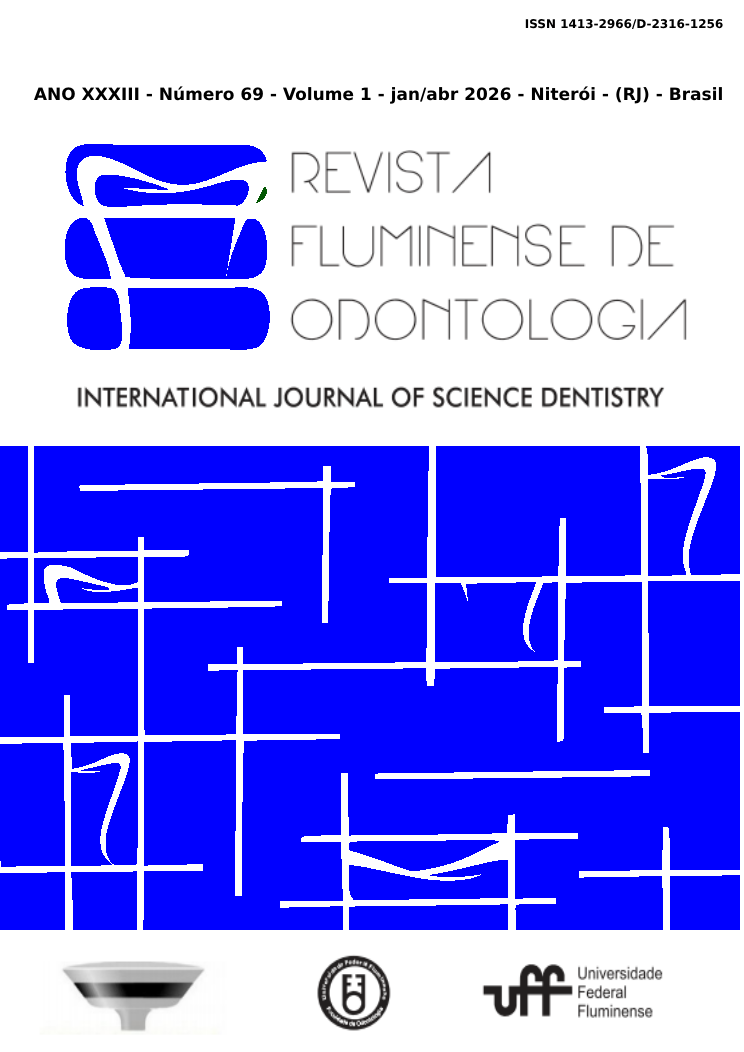Bifid mandibular canal in surgical procedures: what do dental surgeons need to be aware of?
DOI:
https://doi.org/10.22409/ijosd.v1i69.63645Abstract
The Mandibular Canal (MC) is normally single inside the mandible, starting at the mandibular foramen, to the mental foramen, transmitting vein, artery and the inferior alveolar nerve (IAN). Although it was presented in a single formation, variations can be identified. In this sense, one of the changes that are found and important for the Dental Surgeon (DC) is the Bifid Mandibular Canal (CMB) is formed by the junction of the three lower dental nerves at the time of embryonic development, generating a single nerve. This work aimed to review the incidence of CMB in surgical implications in the scientific literature, as well as the possible consequences and sequelae associated with surgery. This is an integrative literature review, of a qualitative and descriptive nature, based on the search for articles published in the PubMed, SciELO, LILACS, and Google Scholar gray literature databases, from March to May 2023. After the inclusion and exclusion criteria, 28 articles were selected to compose this work. MC can be classified according to its relationship with neighboring dental elements. Any damage to this noble structure can result in changes in sensitivity such as paresthesia or hypoesthesia and/or bleeding complications. Anatomical variations of MC can be observed through various imaging modalities, such as panoramic radiography, fan beam computed tomography (FBCT) and cone beam computed tomography (CBCT). Knowledge of the anatomy and variations of the mandibular canal are essential for successful dental procedures, thus avoiding post-surgical and anesthetic complications.
Keywords: Bifid mandibular canal, Extraction, Anatomical variation.





